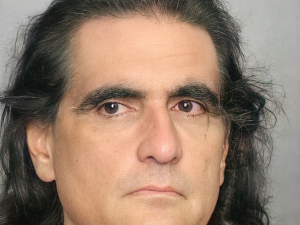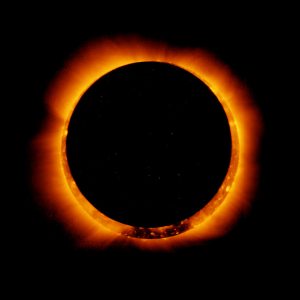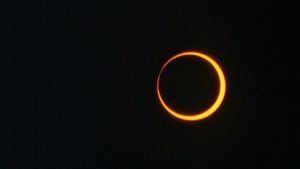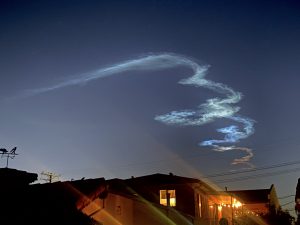NASA’s DART spacecraft will crash into asteroid Dimorphos, ending a year-old mission that replicates a save-the-earth scenario. The spacecraft is designed to give Dimorphos a little nudge, slightly diverting its path.
Dimorphos is a sidekick of Didymos, a much larger asteroid that is 2,500-foot long. Scientists at NASA believe both of those asteroids would not be a problem for Earth, which is why they were selected for the mission.
Also Read: NASA DART mission: All you need to know
Both asteroids are about 9.6 million kilometers from Earth. Dimorphos — roughly 525 feet (160 meters) across — orbits its parent body at a distance of less than a mile (1.2 kilometers), news agency Associated Press reported. Discovered in 1996, Didymos is spinning so fast that scientists believe it flung off material that eventually formed a moonlet.
“This really is about asteroid deflection, not disruption,” said Nancy Chabot, a planetary scientist and mission team leader at Johns Hopkins University’s Applied Physics Laboratory, which is managing the effort. “This is not going to blow up the asteroid. It is not going to put it into lots of pieces”, Chabot added.
Although the strike itself should be immediately apparent, it could take a few weeks or more to verify the moonlet’s tweaked orbit. Cameras on the DART probe and a mini tagalong satellite will capture the collision up close.
Also Read: DART mission: When and where to watch NASA’s asteroid collision project
Telescopes on all seven continents, along with the Hubble and Webb space telescopes and NASA’s asteroid-hunting Lucy spacecraft, may see a bright flash as DART smacks Dimorphos and sends streams of rock and dirt cascading into space.
The observatories will track the pair of asteroids as they circle the sun, to see if DART altered Dimorphos’ orbit. In 2024, a European spacecraft named Hera will retrace DART’s journey to measure the impact results.






